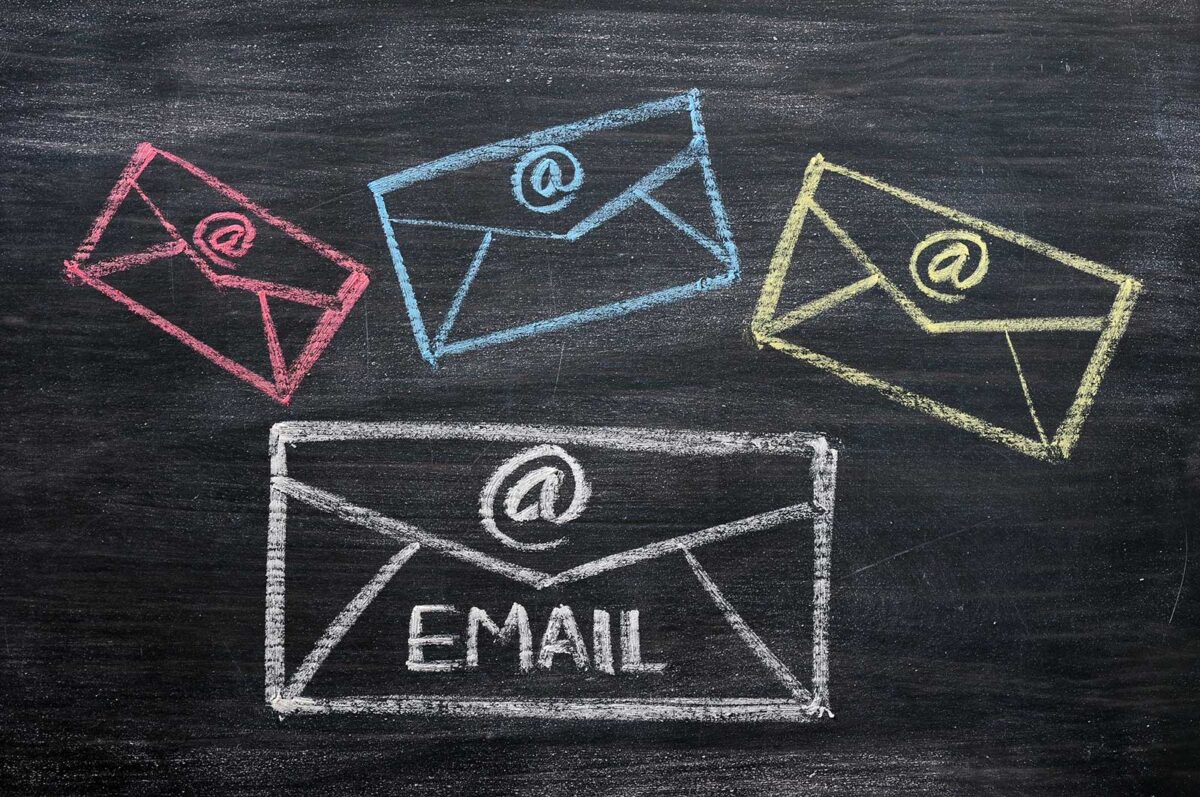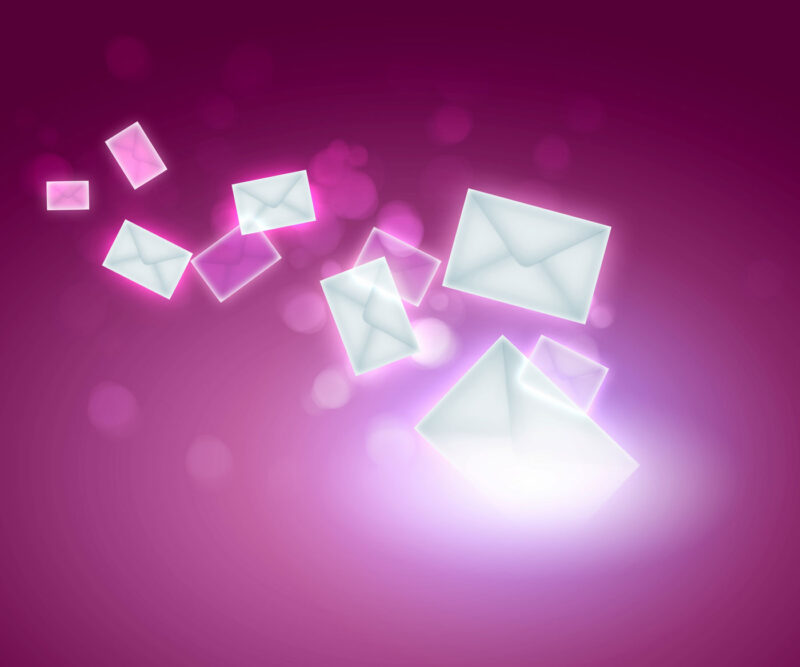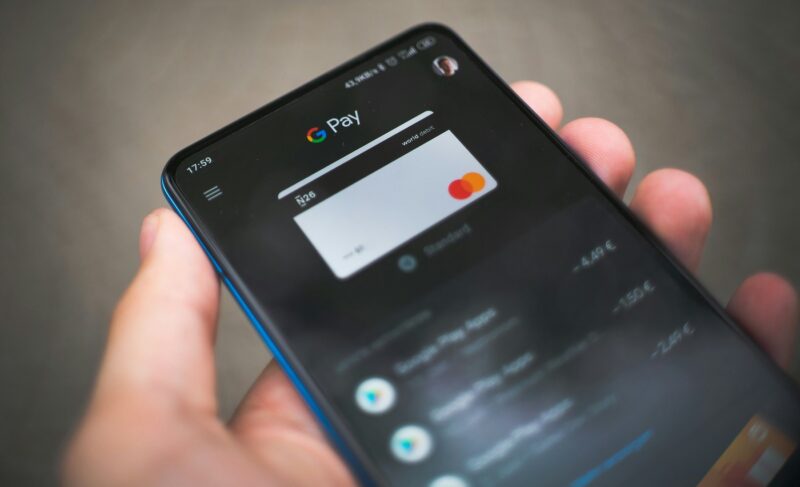If your museum is like most others, you probably already have an email list. But are you using it to its fullest potential? Here are seven tips to help you send emails that drive engagement and inspire more visits to your museum.
7 Tips for Museum Email Marketing
1. Create visually stunning emails that are optimized for mobile viewing.
You boost your museum’s reputation with emails that are visually attractive to your target demographic. What typically attracts consumers? Vivid colors, bold images and shots of people. Check out email galleries such as this one from Campaign Monitor or Copper’s Charity Email Gallery for inspiration.
With so many consumers checking their email on their mobile devices, it is crucial that you make sure yours are optimized to work well and look fantastic on mobile phones and tablets.
2. Find the right tone.
Getting the right mix of professionalism and friendliness sets your museum’s emails apart from other emails that are either too casual or impersonal. You cannot appeal to each consumer individually, but you can make sure your emails speak to the mindset of the people you are targeting.
You also need to write the emails with a unique museum voice. Carefully craft the voice so that consumers identify the style with your museum. Make the emails fun and interesting to read.
3. Always include one call to action.
What do you want people to do when they finish reading your email? Make it something they can do immediately, such as clicking on your email link, sharing on social media, or RSVPing for an event.
Your call to action needs to instruct readers to do just one thing. Too many choices are overwhelming. As Barry Schwartz explains in his TED Talk “The Paradox of Choice,” when people are faced with too many choices, they become paralyzed. In the case of your museum’s email, their response would probably be to do nothing at all.
4. Capitalize on special events.
Email campaigns for special events can inspire consumers to come to your museum. Some of the emails you might send might include:
- Email announcements with calls to action asking people to RSVP or share on social sites.
- Reminder emails right before the event takes place, because people forget to come.
- Thank-yous to attendees after the event with a call to action to keep them engaged. For example, the call to action might remind them they can review the museum online and provide a convenient link.
5. Reward loyalty and build brand ambassadors.
Loyal visitors become brand ambassadors, often talking up your museum to others and bringing along friends when they come, especially if you reward their loyalty. Find out who is opening your emails, clicking on links in them, and sharing on social media. Identify those that are visiting, shopping in or donating to your museum. Once you have these subsets of your email list, send out emails that target each group specifically with special perks for being a top supporter.
6. Get the timing and frequency right.
Timing is a top priority to get the most engagement with your emails. Getting the right frequency takes experimentation and analysis of data. With enough testing, you can see hints that you are sending emails too often. For example, your unsubscribe rate may go up if you are sending out too many.
You also need to make sure you send out the emails at the times of day and days of the week when consumers are most likely to view, consider and act on them. Testing on different days and at different times can help you learn to send them when they will get the most opens and clicks.
As you work on the timing of your emails, consider the type of content you are sending out. For example, if you want people to buy tickets, they are more apt to do it on their lunch break than at bedtime.
7. Activate “sleeping” subscribers with a re-engagement campaign.
Email users tend to stop engaging with brands after the honeymoon period just after they sign up for the list. If the reason stems from something you have done, such as sending too many emails or not making them special enough, you need to fix that immediately. Even if it is because their life has become busier, you need to find a way to “wake them up” so they become active again.
Cleaning up your email list is important. It reduces how often your emails fall into the spam filter, for one thing. First, identify inactive users who haven’t opened in a while. Then, send those people a special email with an offer for a dollar or percentage discount. Include an easy-to-use unsubscribe link so they can get off your email list. You also need to take email addresses off your list if they come back as undeliverable.



